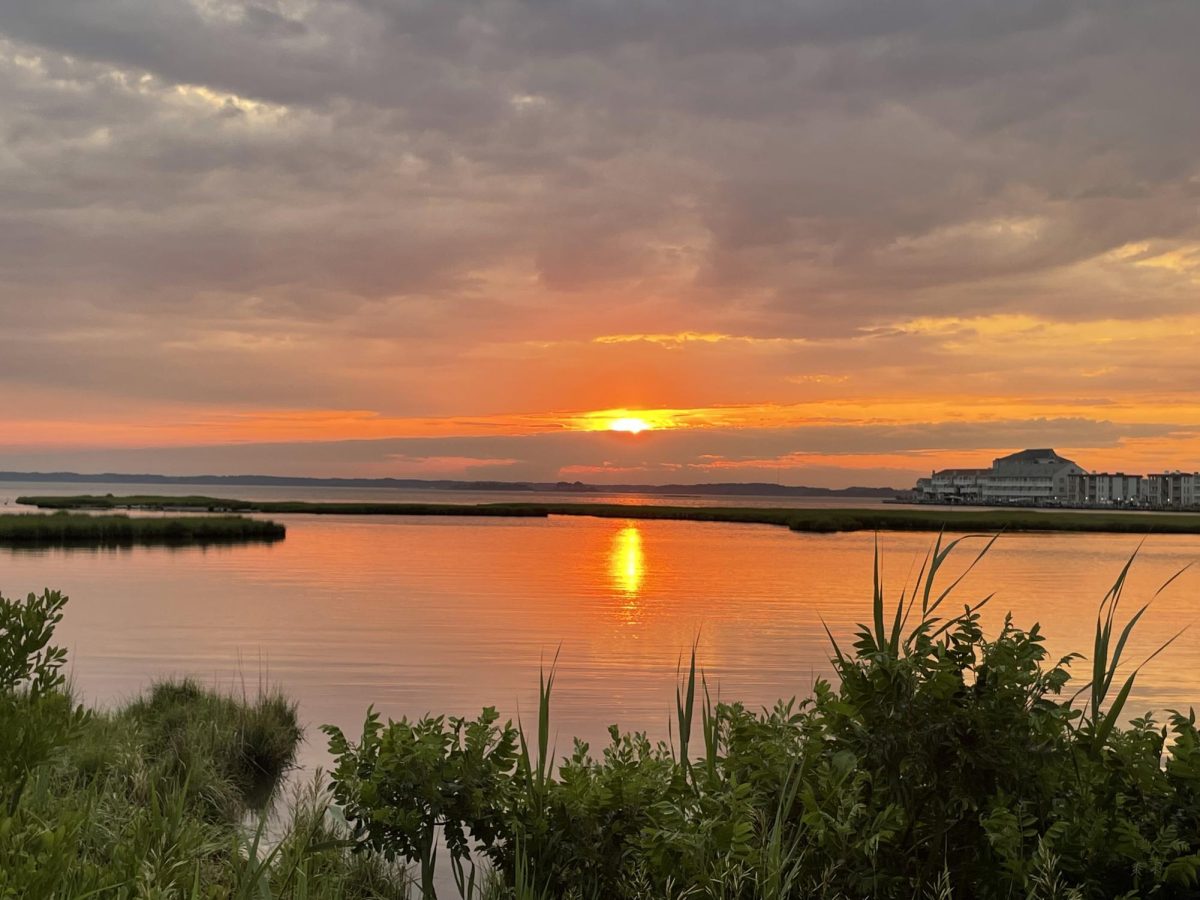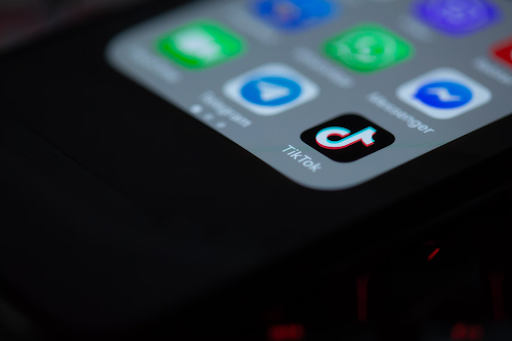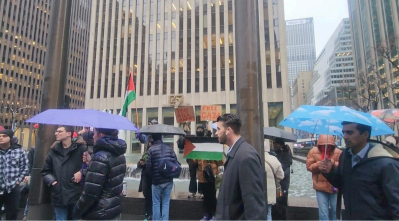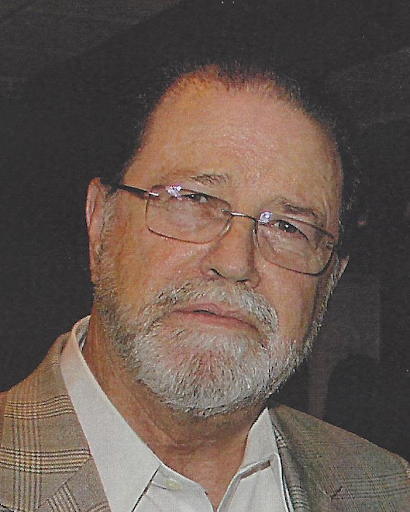Growing up in South Florida, it was normal for me to see a set of giant steel shutters laying in my garage next to the trash cans. While hurricanes may not have been the norm for the past 10 years, Floridians are more likely to experience severe storms than most other Americans. They look forward to them. Outsiders always like to ask about hurricane horror stories. Additionally, they know whether or not they’ll be safe in a state that’s already practically underwater. So, naturally, when a category four hurricane is on the way, there’s a mixed response from Floridians and out-of-state residents alike.
Watching the CNN live coverage of Hurricane Matthew was difficult. The swirling red and green imaging repeatedly grazed the edge of my house’s location on the map. I wasn’t there with my parents to help them put up the shutters; an increasingly difficult task that involves carrying large heavy pieces of metal to all parts of the house and using the proper tools to screw them over windows. I wasn’t there to fill my car with gas in preparation, although most gas stations in the South Florida area were running low anyway. My worries grew intensely as the days went on, but somehow, many Floridians and New Yorkers alike took the entire situation as a joke.
They looked forward to seeing what could possibly happen, planning “Hurricane Parties,” and gathering around the television. All over Twitter I saw memes about the projected path of the storm: videos personifying Matthew. Full Twitter accounts were dedicated to the storm. Even I laughed for a little bit. Then I remembered that my parents were right in the predicted path of the storm while it was still in the Caribbean.
I wondered, is it okay for students to laugh just because they’re from the northeast and have no family in Florida? Is it okay to ignore the severity of a category four hurricane, with 130 mph winds and catastrophic damage? As Matthew reached Haiti, governor of Florida, Rick Scott, started urging people to evacuate. It was inevitable: People were going to die, and we were all too far away to care.
Then, the worst part came. Government officials started reporting deaths and destruction in Haiti. 100 deaths, then 500, and then over 800 deaths. You don’t have to be living among thousands of Haitians in South Florida to sympathize with how devastating that is. In some Haitian cities, over 80 percent of the buildings were destroyed. It wasn’t difficult for me to imagine the threat this storm posed to cities that were still being rebuilt after the devastating earthquake in 2010.
After that, Matthew touched down in Florida and completely missed my family. While all of my friends back home passed around memes about how the hurricane was a “tease” or a “let down,” I was thinking of all the deaths in Haiti.
I don’t know what it will take to make people across this nation take natural disasters more seriously, but a quick glance at an article isn’t enough. New Yorkers are still in way better shape after Hurricane Sandy; we have the resources to rebuild ourselves. If Hurricane Matthew had hit my family in Florida or my peers at St. John’s, there just wouldn’t be as much destruction as there was in Haiti. It’s time to pay a little bit more attention to the real world outside of the jokes made about it on social media.


















